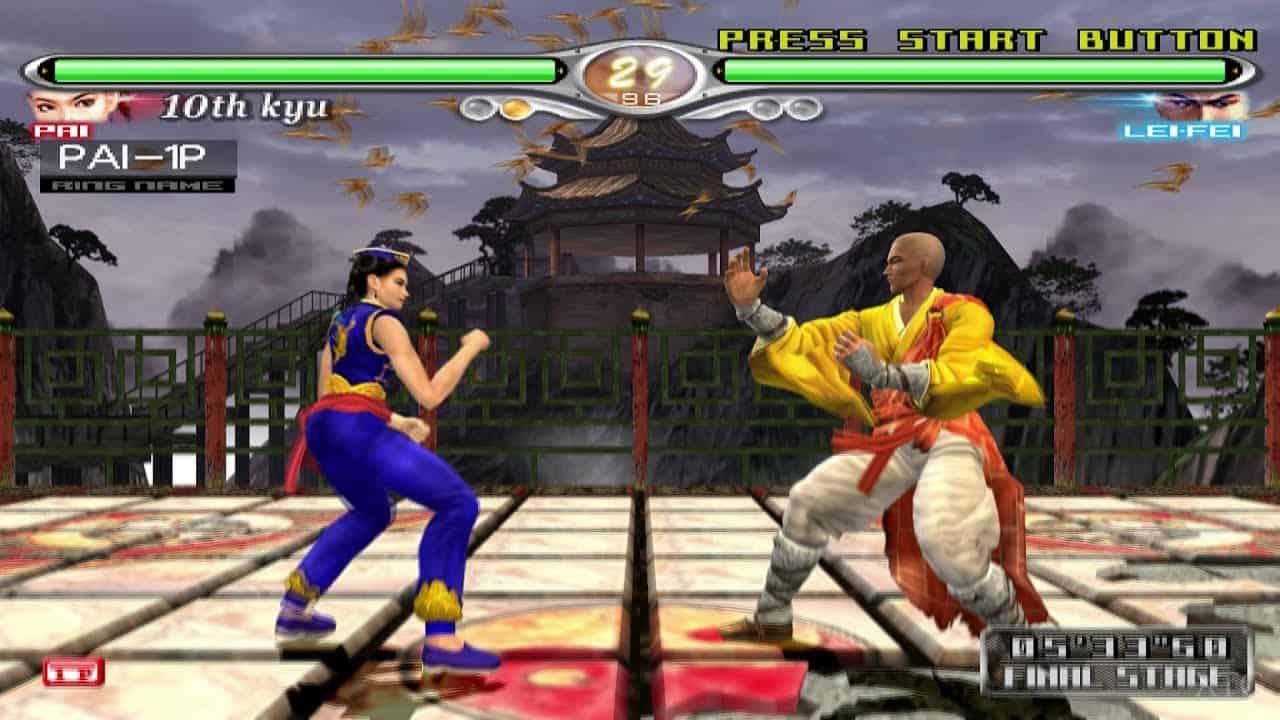With the 6th generation of home consoles in full swing and the PlayStation 2, GameCube, and Xbox all vying for market dominance, it’s surprising to see that there are so few fighting games released during 2003. That said, the ones that stand out from the rest of the pack as the top fighting games of 2003 are some of the all-time greats in the genre and must-have titles on their respective consoles thanks to deep mechanics, impressive rosters, and a slew of entertaining gameplay modes. And while the PlayStation 2 features 2 controller ports, the GameCube and Xbox’s 4 controller ports would give way to both consoles having greater potential for classic entries in the professional wrestling subgenre of fighting games, still arguably as good as its peak during the 5th generation on the Nintendo 64.
The prevalence of 3D fighters on the list shows that home consoles were inching ever closer to having full parity with arcade hardware in terms of fighting and racing games, but the 2D fighters that were released in 2003 are still legendary titles in their own right. In particular, the release of Marvel vs. Capcom 2 on Xbox and PlayStation 2 consoles is an extremely sought-after and hard-to-find game, the value of which underscores how important MvC2 is to the fighting game community.
8. Bloody Roar 4
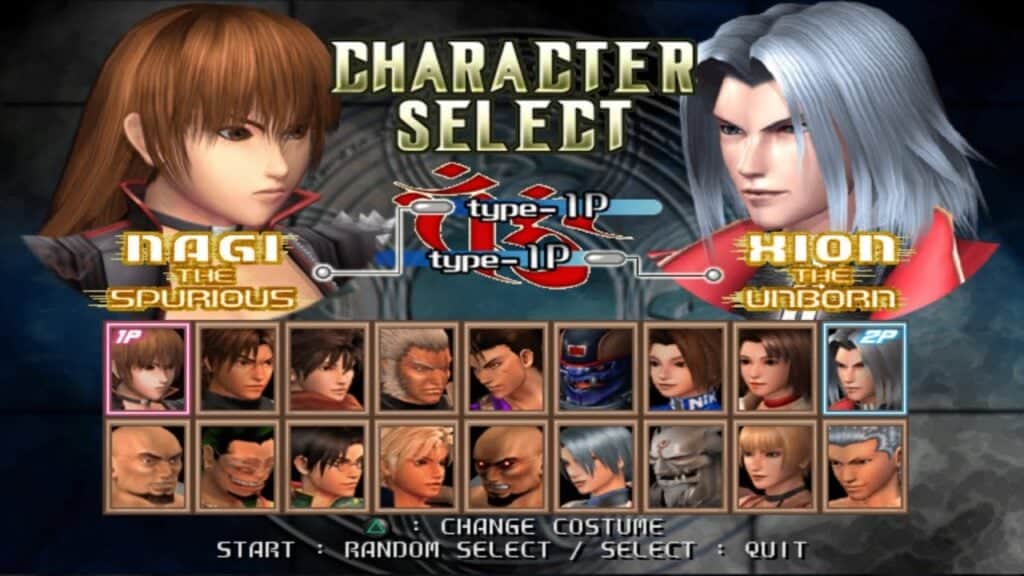
- Release Date — November 11, 2003
- Platforms — PlayStation 2
- Metacritic Score — 59% (Mixed or Average)
In terms of the top fighting games from 2003, Bloody Roar 4 mostly earns a place on this list thanks to how strange it is in comparison to just about every other fighting game from the year. Like the previous games in the series, players take control of a wide roster of fighters who can activate a health-boosting transformation into an animal species mid-fight, gaining a whole new set of moves and special attacks in the process. Despite the game’s use of 3D character models, action still takes place on a strictly 2D plane, putting the game slightly at odds with more advanced titles released on the 6th generation consoles like Dead or Alive, Virtua Fighter, or SoulCalibur. Still, Bloody Roar 4 is nothing if not unique and one of the few games on this list to debut on home consoles rather than in the arcade.
7. Dragon Ball Z: Budokai
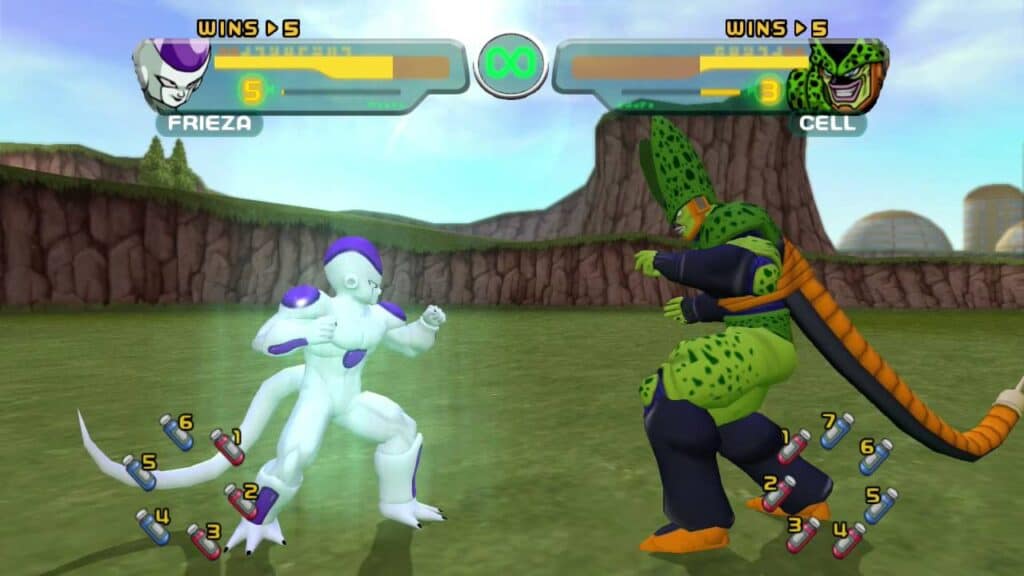
- Release Date — February 13, 2003
- Platforms — GameCube, PlayStation 2
- Metacritic Score — 67% (Mixed or Average)
Though the series would eventually expand to become one of the best-looking and widely-loved fighting games taking place in the Dragon Ball Z universe, the first Budokai is not without its charm despite falling short of greatness. One of the first 3D fighting games to use the Dragon Ball Z IP, Budokai features a roster including all the key heroes and villains that fans would expect, but its use of 3D-rendered character models can’t quite compare to the beauty of the older 2D games or brilliant cel-shaded characters and environments from future games like Budokai Tenkaichi 4 or Dragon Ball FighterZ. Still, for frantic Dragon Ball Z action mimicking the fights from the show, Budokai represents a massive leap forward for DBZ games.
6. WWE WrestleMania XIX
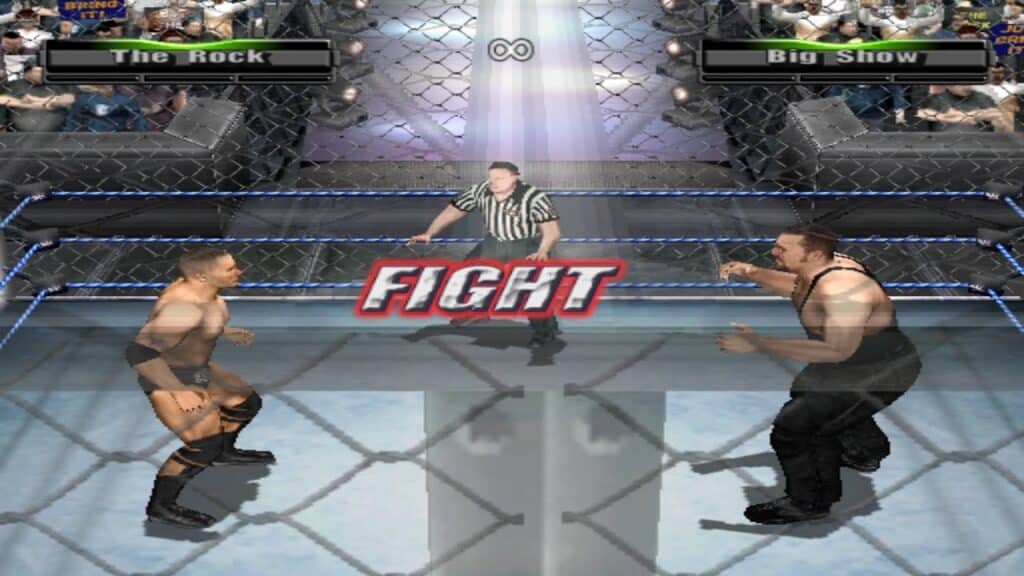
- Release Date — September 8, 2003
- Platforms — GameCube
- Metacritic Score — 79% (Generally Favorable)
The only thing that holds back WWE WrestleMania XIX from landing higher on this list is its far superior PS2 counterpart, WWE SmackDown! Here Comes the Pain. That said, this GameCube-exclusive professional wrestling game is every bit as entertaining as the slew of genre titles appearing on the Nintendo 64, continuing the company’s tradition of embracing wrestling games as a great use of its local 4-person multiplayer functionality. One of the things that sets WrestleMania XIX apart from other professional wrestling games of the era (and ends up being a detriment to it) is its lack of a single-player career mode, but the game’s impeccable 4-player versus mode and tag-team matches are just as much fun on 6th generation hardware as they are on 5th.
5. Capcom vs. SNK 2
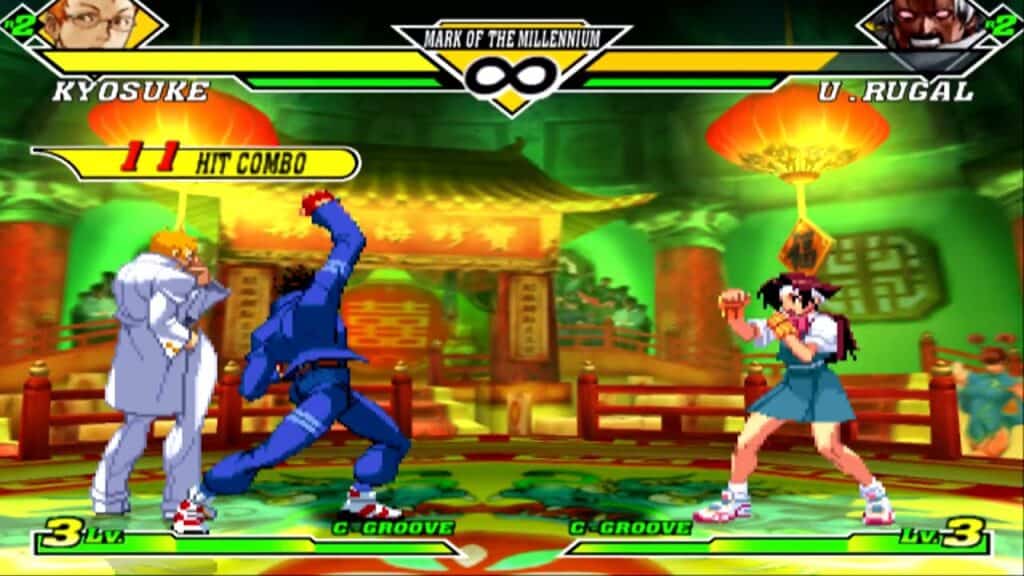
- Release Date — February 11, 2003
- Platforms — GameCube, PlayStation 2, Xbox
- Metacritic Score — 81% (Generally Favorable)
Though they would be friendly competitors for years in the arcade coin-op scene, Capcom and SNK would eventually team up to release one of the greatest mash-up series in fighting game history. Accordingly, Capcom vs. SNK 2 features an astounding roster of 48 fighters across various SNK and Capcom properties, and the game’s mechanics are far more nuanced and complex than is typical of other mash-up series like Marvel vs. Capcom. Instead, Capcom vs. SNK errs more on the side of mechanical complexity, including a vast array of systems at work that affect each and every match, and the ability to play 1-on-1 or 3-on-3 in arcade mode presents two wildly different takes on the single-player arcade mode. It’s no wonder that Capcom vs. SNK 2 is still a popular game in competitive circles.
4. WWE SmackDown! Here Comes the Pain
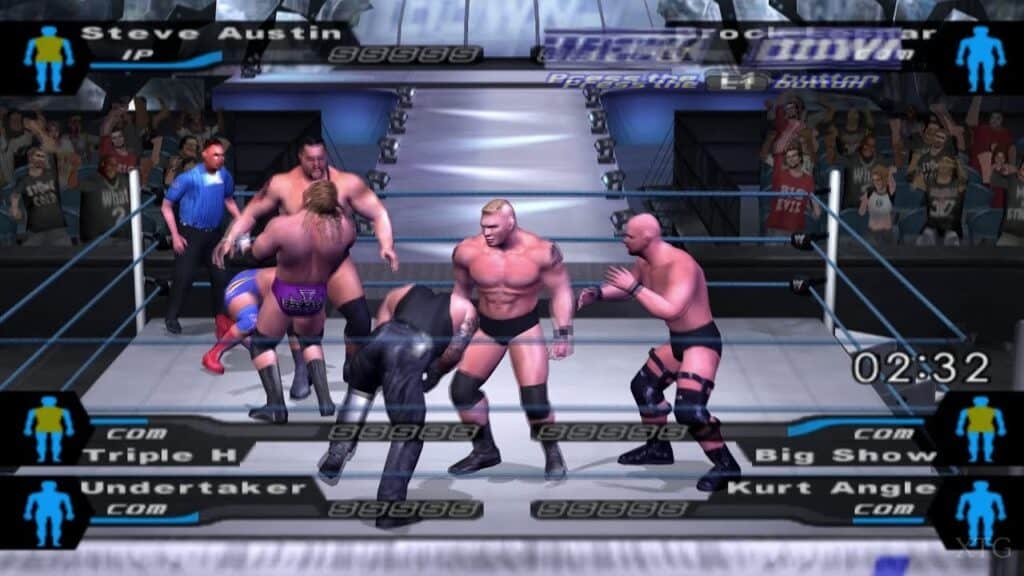
- Release Date — October 7, 2003
- Platforms — PlayStation 2
- Metacritic Score — 85% (Generally Favorable)
Truthfully, WWE SmackDown! Here Comes the Pain is so good that it makes a legitimate claim to being the best professional wrestling game of all time. Coming from longtime series developer Yukes (who has a long history of developing some of the world’s greatest wrestling games regardless of their license), WWE SmackDown! Here Comes the Pain is the final and greatest game in the SmackDown! series and one of the PlayStation 2’s must-have multiplayer titles. The game’s massive 50-person roster includes both active wrestlers of the era and a whole host of legendary hall-of-famers, and the game’s intricate (but easy to learn) grappling system presents plenty of rollercoaster moments where the ebb and flow of a match is as climactic and entertaining as watching the real thing.
3. Virtua Fighter 4: Evolution
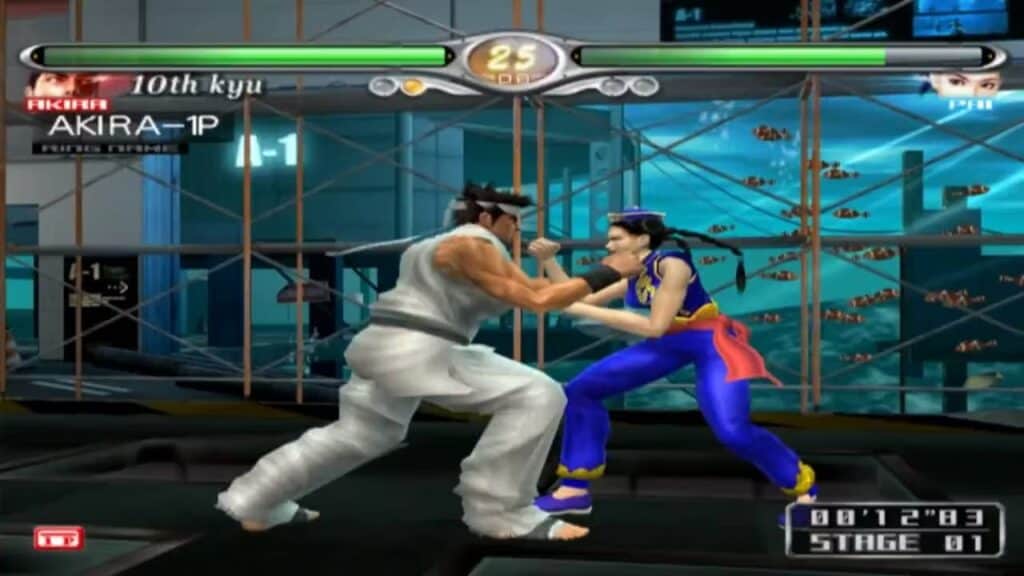
- Release Date — August 13, 2003
- Platforms — PlayStation 2
- Metacritic Score — 93% (Universal Acclaim)
In terms of mechanically complex and endlessly rewarding fighting game series, they don’t get much better than Sega’s legendary Virtua Fighter. Arguably the best game in the franchise is Virtua Fighter 4, and it even has its own definitive version that makes a strong case for not just the best Virtua Fighter game but one of the best fighting games period. Virtua Fighter 4: Evolution takes the base game and injects a hefty single-player mode into it in the form of the Tournament Quest. In this unique career mode, players get to create a character and take them around to various virtual arcades, participating in meta tournaments of Virtua Fighter 4 to win cosmetics used to further personalize the player’s avatar. With this new mode and all the existing content from the base game, Virtua Fighter 4: Evolution presents the best of what the series has to offer.
2. Marvel vs. Capcom 2: New Age of Heroes
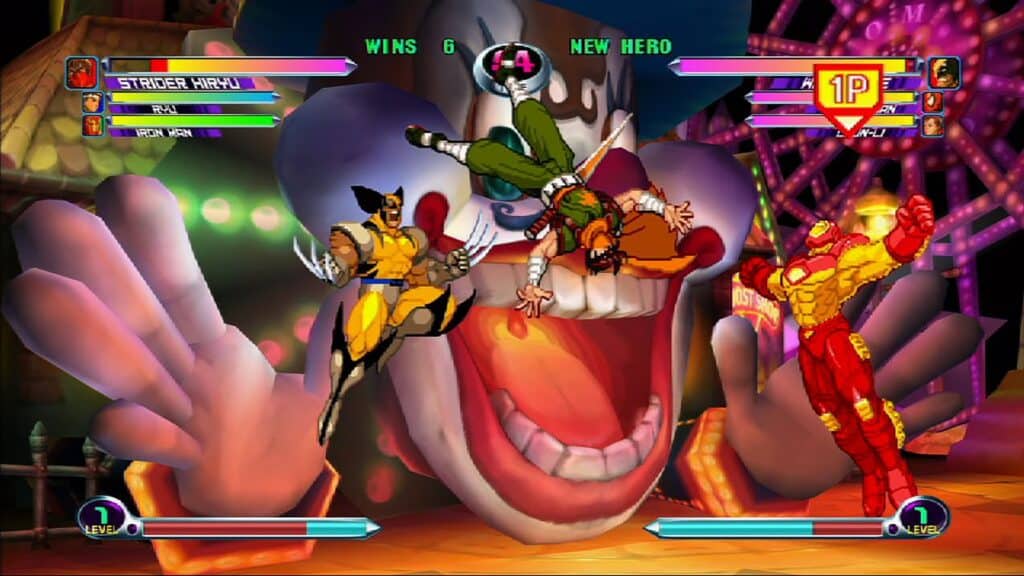
- Release Date — March 30, 2003
- Platforms — PlayStation 2, Xbox
- Metacritic Score — 71% (Mixed or Average)
While there’s no denying that the original Dreamcast version is the best iteration of Marvel vs. Capcom 2 outside the arcade release, the PlayStation 2 and Xbox versions of Capcom’s classic 3v3 mash-up are essential games for any fighting fan. Technically, the PS2 re-release arrived first in late 2002, but the Xbox version’s arrival in spring of 2003 helps make this excellent 2D fighter eligible for inclusion in the list of top fighting games from 2003. The one thing that this version of the classic game has working against it is the lack of online multiplayer in the Western release despite its inclusion in the Japanese version, but Marvel vs. Capcom 2‘s incredible roster and lightning-fast gameplay still rank it high as one of the greatest 2D fighting games of all time.
1. SoulCalibur II
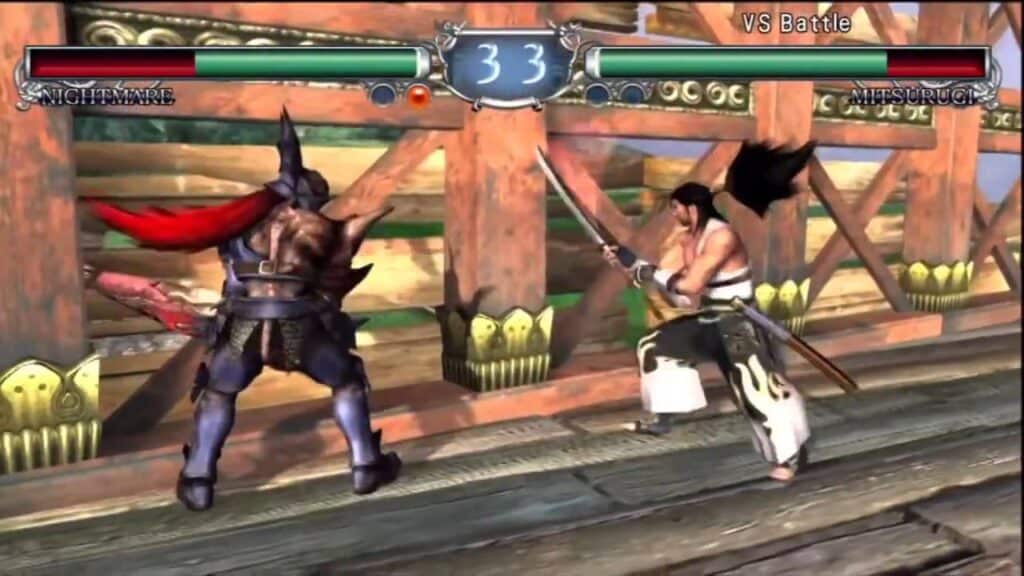
- Release Date — August 27, 2003
- Platforms — GameCube, PlayStation 2, Xbox
- Metacritic Score — 93% (Universal Acclaim)
The greatest fighting game of 2003 is also one of the greatest games of the 6th console generation and a surefire contender for being one of the greatest games of the 2000s. SoulCalibur II takes the excellent foundation of the original game, one of the first true “full-3D” fighters, and expands the roster to include more fighters than ever and exclusive characters on each console. GameCube players got to fight as none other than Link from The Legend of Zelda, PlayStation 2 owners get Tekken legend Heiachi, and Xbox users have none other than Todd MacFarlane’s iconic comic character Spawn as their exclusive fighter. The game’s focus on weapon-based martial arts sets it apart from other games of the era, and the ability to rotate in three dimensions and crash through the floor of stages makes every arena an interactive space as interesting as the fights they host.
The image featured at the top of this post is ©Virtua Fighter 4 gameplay screenshot.
